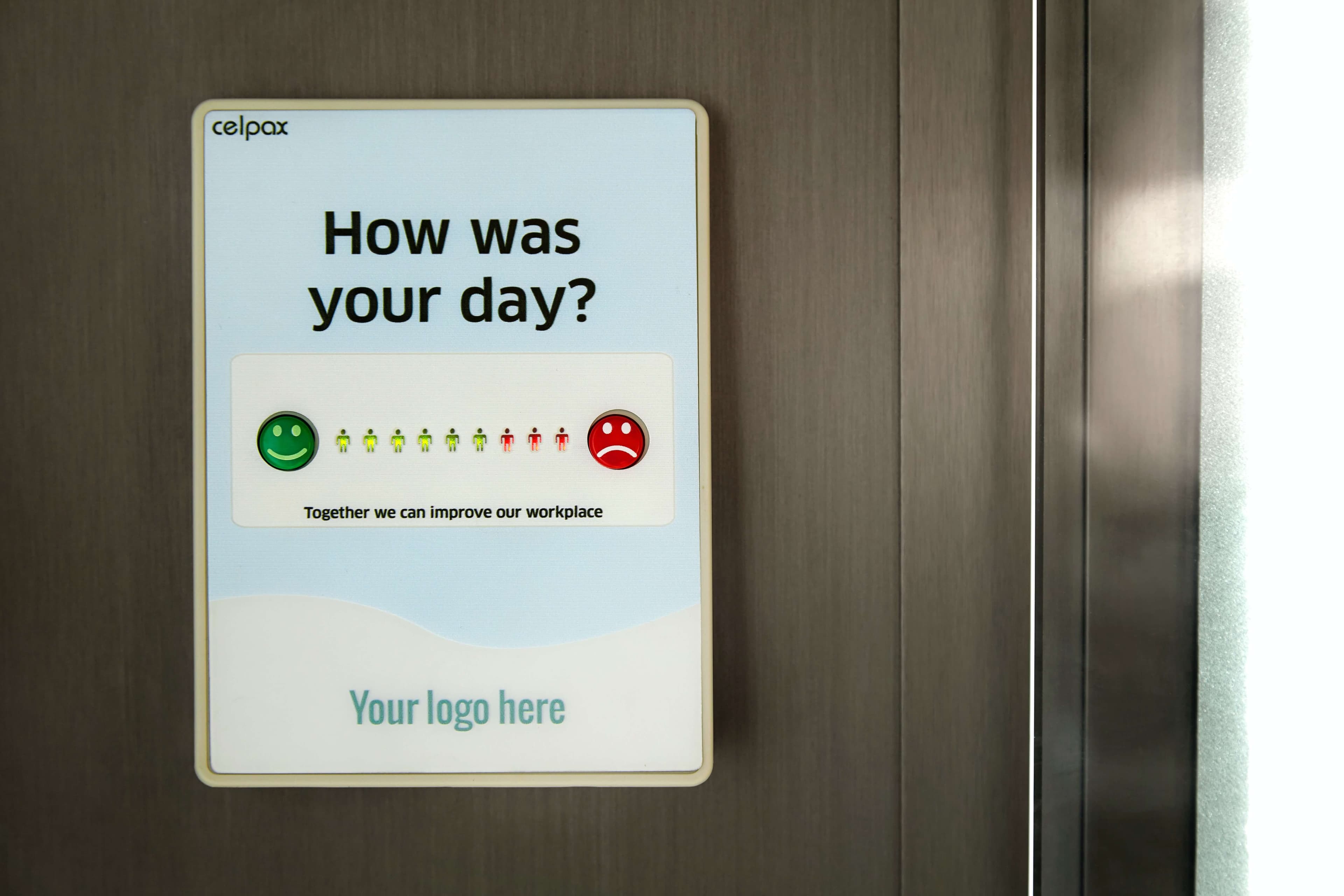Are you getting the most out of your one-on-one meetings? Unfortunately, some managers try to avoid regular, personal check-ins with employees because they’re not properly trained to deal with candid and potentially tricky conversations, or they’re not sure how to structure them properly.
On the other side, busy employees can feel uncomfortable being singled out and might see one-on-one meetings as a waste of time, especially if no tangible changes or improvements arise from them.
However, when they are properly planned and well-executed, one-on-one meetings can be a valuable asset to managers and employees alike. They can help to build solid work relationships, boost employee engagement and retention, and improve team morale.
But what is the best way to approach them?
In this article, we’re going to discuss one-on-one meetings from both the manager and employee’s point of view. We’ll check out some great ways to structure a one-on-one meeting agenda and present some useful, ready-to-use examples of one-on-one meeting questions for managers.
But first, let’s look a little closer at what a one-on-one meeting actually is.
What is a one-on-one meeting?
As the name suggests, a one-on-one meeting is a regular check-in between two people within a company - usually a manager and an employee. They are used to grow mutual trust, resolve any issues, give direct feedback, and set goals and expectations for the coming period ahead.
For employees, one-on-ones can be a great way to get constant feedback and guidance in their roles, helping them to grow within the organization and view their manager as a close partner, rather than an authority figure. They also give the opportunity to discuss more difficult issues that wouldn’t be suitable to bring up in team meetings, such as interpersonal relationships, salary/holiday matters, and so on.
With the benefit of regular conversations, managers will be able to effectively guide their team members through challenging situations and support them in their career development. There’s nothing like meeting face-to-face for properly bonding as a team, and getting to know each individual employee helps managers to better understand their respective motivations, strengths, and weaknesses.
In fact, in a study by Gallup, it was found that employees who have regular one-on-one meetings with their managers are almost 3x more engaged than those who don’t! With higher employee engagement naturally leading to better productivity and increased retention rates, taking the time to get your one-on-one meetings right is a no-brainer.
How to Prepare for a One-On-One Meeting
There are certain tools that can make the process easier, like Wellbee for example, which allows you to have discussional directions ready for each meeting and gives managers clear direction and recommendations on areas that need addressing.
However, as a manager, it’s important to recognize that a one-on-one meeting is first and foremost for the employee’s benefit. In order to make your meetings employee-driven, you can ask employees to share talking points before the meeting, letting them set the agenda.
Allowing employees to own the agenda shows that you respect their time and that you, as the manager, are there to listen and facilitate a productive discussion.
Managers can also share their own talking points before or during a meeting, making it easier to for the employee to follow up on the topics discussed. Consider creating a shared Google Doc for each employee, so potential talking points can be easily uploaded and added to your one-on-one meeting agenda.
Creating a One-On-One Meeting Agenda
Having a set agenda can greatly improve the quality of your one-on-one meetings and help you to maximize the 30-60 minutes that you dedicate to each team member.
Because while the employee should set the specific talking points, having an overall structure will keep things focused and ensure that a productive discussion doesn’t get bogged down with irrelevant points and small talk.
An agenda also ensures continuity from one one-on-one meeting to the next, as you can easily pick up on previous topics and discuss any progress (or lack of) made.
A few broad, basic areas to structure your agenda around include the following:
Check-in: Just a short, personal chat about how you are both doing in general, share stories, work/life balance, discuss family life, sports, etc.
Career Development: Each employee should have their own career plan, encompassing issues such as further learning, promotions, etc. Make space to discuss any progress on this in each meeting.
Goals/Results: Team members will have goals like KPIs or OKRs that they set throughout the year, so your one-on-one meetings are the perfect opportunity to touch base and discuss progress, help with any blockages, and set new goals.
Feedback: Remember, this is an employee-driven meeting so the feedback should come from employees, not the manager. Managers should listen to feedback actively, with the purpose of understanding rather than responding, and give thanks for an employee’s honesty. Building strong employee engagement means creating space for dialogue on all sides, and your one-on-one meetings are a crucial tool for doing just that.
One-On-One Meeting Templates For Managers
There are many different reasons and goals for your one-on-one meetings, so your questions and discussion points will vary widely depending on the current situation.
However, to help you get started, we have included a few of the more common talking points for different types of one-on-one meetings. Use the following one-on-one templates as a guideline for structured and productive discussions in a variety of contexts.
1. Weekly Check-In
Develop a solid working relationship by building trust and celebrating achievements.
How are things? How was your progress in the past week?
Is there anything in particular that you’d like to address today?
What are you happy with at work?
Is there anything that could be improved?
Is there anything I can do to help?
Any other comments?
2. Employee Performance
Understand your employee’s daily tasks and schedules and find ways to optimize performance.
When do you feel most productive in your job?
What can be changed to improve your workday?
Is there anything that you feel is a waste of your time?
What can be done to smooth out any inefficiencies in your work schedule?
Are you happy with your current work/life balance?
3. Employee Engagement
Understand your employee’s daily tasks and schedules and find ways to optimize performance. Find out what can be done to boost team morale and keep your employees engaged and inspired.
What is your favorite thing about working for this company?
What/who inspires you most at work?
Do you have a clear idea about your career goals?
Do you feel that you have the opportunity to advance within the company?
What can be done to make the workplace a more dynamic and engaging place?
4. Setting Goals
Make goal-setting a mutual agreement based on realistic expectations.
Make goal-setting a mutual agreement based on realistic expectations.
Are you up to date with the priorities of your team and the company as a whole?
Let’s discuss your current objectives and how they align with those of the company
Are you happy with your longer-term goals? Do they need any adjustments?
Let’s make an agreement on your next objectives
5. Professional Development
Understand your employees’ motivations for learning and developing as professionals.
What is your favored method of learning?
Are there any particular skills you are looking to develop?
What kind of educational certificates or experiences would you like to attain?
What do you most enjoy about your job?
What do you least enjoy about your job?
What kind of projects appeal to you?
What do you see as your strengths and weaknesses?
6. Team Relationships
Gauge the level of collaboration among team members and iron out potential areas of friction before they become problematic.
What is your favored method of learning?Who do you look up to in your team? What do you admire about them?
Do you receive enough feedback from your colleagues? Is it delivered in a constructive way?
How can the team function better together? Are there any issues you’d like to talk about?
Do you feel confident giving constructive feedback to other team members?
7. Manager Feedback
Understand how your employees value your performance as a manager and learn areas where you can improve.
What can I do to provide better support and help you to succeed in your job?
Is my communication logical and easy to understand?
Do I make the company’s mission and expectations clear to you?
Are you happy and comfortable in your position? Are you well suited to what you are expected to do?
Do you get the right kind of support to develop in your role?
Wrap up
One-on-one meetings are the ideal way to ensure productive contact between managers and employees. When managers are well-trained and know how to execute them properly, their teams and employees will feel much more motivated, valued, and engaged in their roles.
Employees should always take the lead in one-on-one meetings, with their talking points being the priority and managers assuming the role of active listener and facilitator. Using a one-on-one meeting agenda with predetermined themes and questions like those above can vastly improve the structure of the meeting, making sure that the conversion stays focused and relevant.
Share some of these questions with your employees before your next one-on-one meeting, and enjoy fruitful and productive check-ins!



